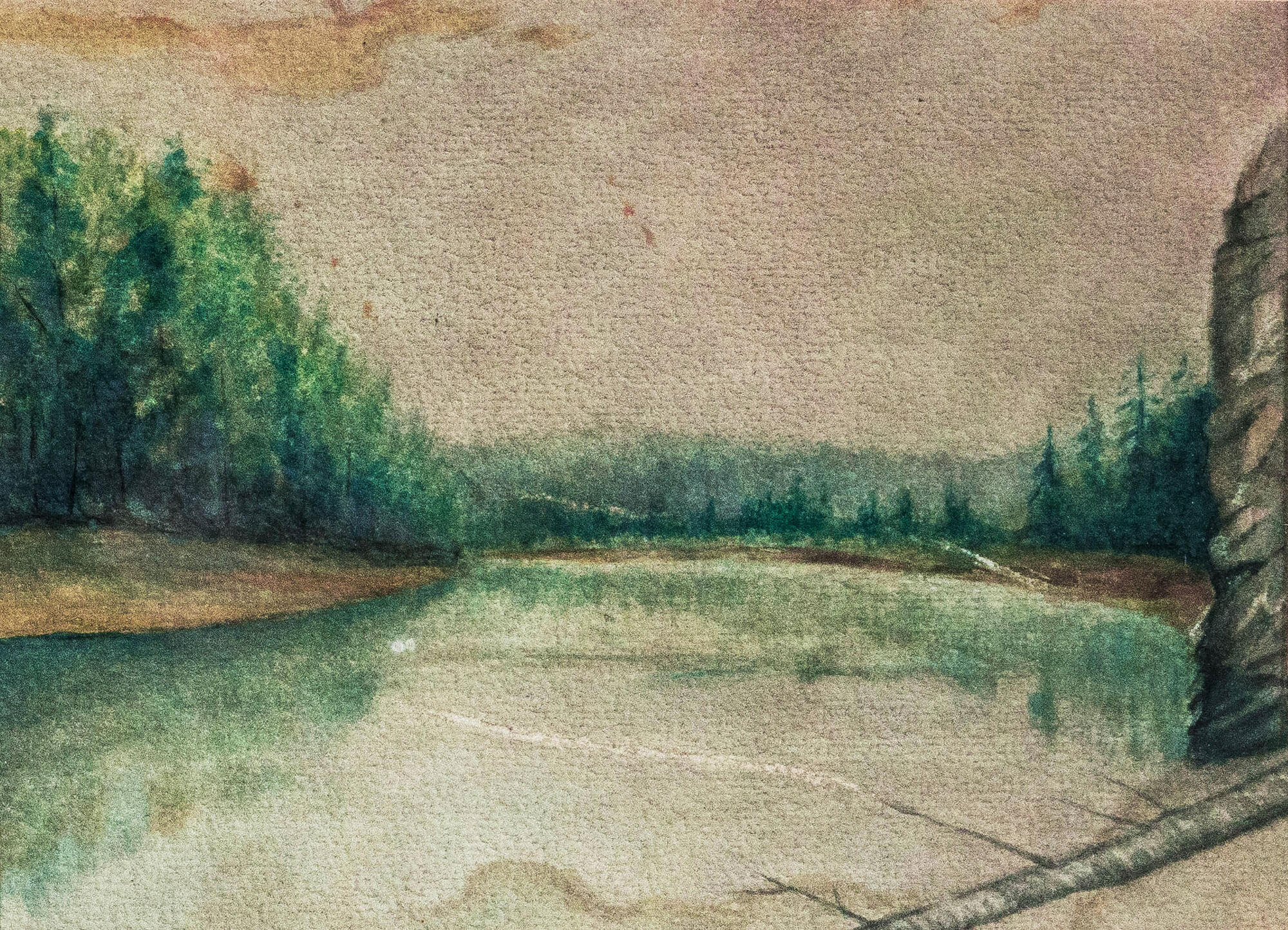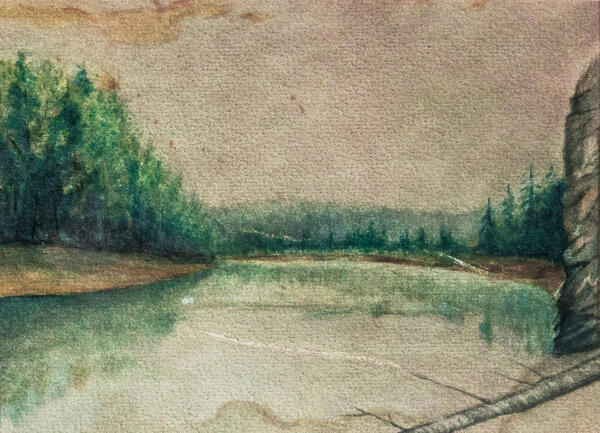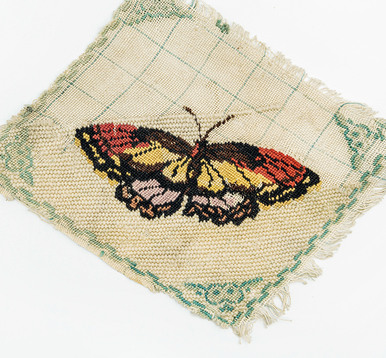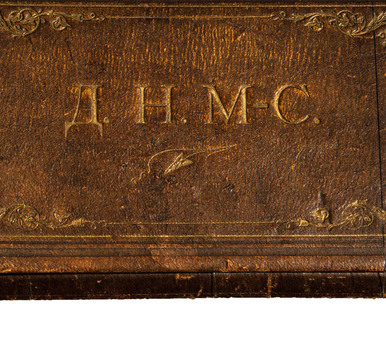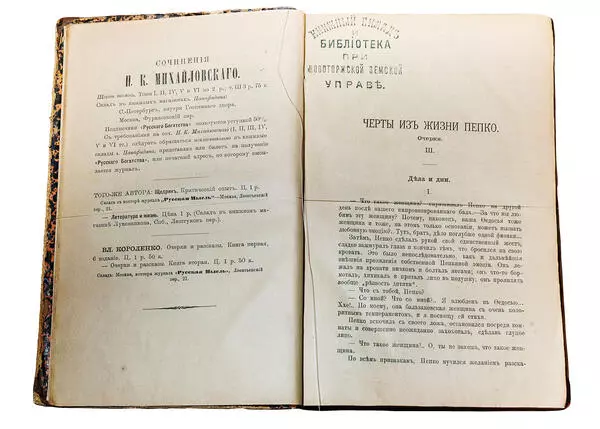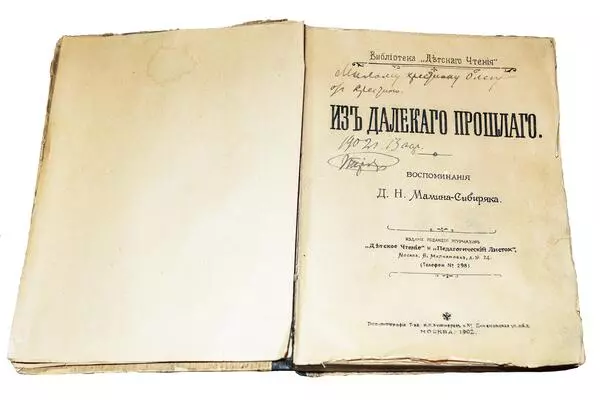The writer Dmitry Mamin-Sibiryak was seriously interested in painting, he studied different schools and the artists who belonged to them. The collection of the house-museum contains a copy of a watercolor “View of the Chusovaya River”, which the writer created. The exhibit is kept in Mamin-Sibiryak’s study.
Researchers suggested that Dmitry Mamin-Sibiryak painted the landscape between 1868 and 1870. At that time, he went rafting on the river several times with the barge haulers — peasants who worked on river ships. Most likely, his observations became the documentary basis for the picture.
In the picture, the writer depicted the Chusovaya River, a famous Ural river, an important transport artery for the economy of the region. Until the end of the 19th century, until the railroad was built there, it connected the Urals with Europe. Copper and iron were sailed along the Chusovaya River to Russian and foreign markets, and large metallurgical plants and rich merchant villages appeared around it. Thousands of barge haulers came to Chusovaya in the hope of making money.
Chusovaya is the only river that originates on the eastern slope of the Ural Mountains, not far from Yekaterinburg. It flows westward, crosses the region, and flows into the Kama River. The river is 592 kilometers long.
In Mamin-Sibiryak’s time, the river was wider and fuller. Its steep, rocky shores were considered dangerous for barges and ships, and many barge haulers died in these places.
Dmitry Mamin-Sibiryak depicted both banks of the river. On the right, there is a large stone rock, and the trunk of a fallen tree lies in front of it. On the left — a flat bank, overgrown with dense bushes. On the horizon, one can see the forest, which covers the hills that stretch off into the distance. The sky is completely obscured by gray, lingering clouds, and the green of the landscape is reflected in the calm waters of the Chusovaya River.
The watercolor is displayed above the writer’s desk, between two windows. Dmitry Mamin-Sibiryak worked for hours in this study. “View of the Chusovaya River” allowed to switch activities and take a break from papers.
In the same room, there is a painting by Alexey Denisov-Uralsky, a friend and associate of the writer. Their landscapes are similar, but it is unknown whether they painted side by side or borrowed the idea from each other.
Researchers suggested that Dmitry Mamin-Sibiryak painted the landscape between 1868 and 1870. At that time, he went rafting on the river several times with the barge haulers — peasants who worked on river ships. Most likely, his observations became the documentary basis for the picture.
In the picture, the writer depicted the Chusovaya River, a famous Ural river, an important transport artery for the economy of the region. Until the end of the 19th century, until the railroad was built there, it connected the Urals with Europe. Copper and iron were sailed along the Chusovaya River to Russian and foreign markets, and large metallurgical plants and rich merchant villages appeared around it. Thousands of barge haulers came to Chusovaya in the hope of making money.
Chusovaya is the only river that originates on the eastern slope of the Ural Mountains, not far from Yekaterinburg. It flows westward, crosses the region, and flows into the Kama River. The river is 592 kilometers long.
In Mamin-Sibiryak’s time, the river was wider and fuller. Its steep, rocky shores were considered dangerous for barges and ships, and many barge haulers died in these places.
Dmitry Mamin-Sibiryak depicted both banks of the river. On the right, there is a large stone rock, and the trunk of a fallen tree lies in front of it. On the left — a flat bank, overgrown with dense bushes. On the horizon, one can see the forest, which covers the hills that stretch off into the distance. The sky is completely obscured by gray, lingering clouds, and the green of the landscape is reflected in the calm waters of the Chusovaya River.
The watercolor is displayed above the writer’s desk, between two windows. Dmitry Mamin-Sibiryak worked for hours in this study. “View of the Chusovaya River” allowed to switch activities and take a break from papers.
In the same room, there is a painting by Alexey Denisov-Uralsky, a friend and associate of the writer. Their landscapes are similar, but it is unknown whether they painted side by side or borrowed the idea from each other.
